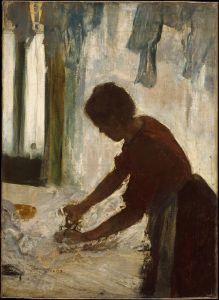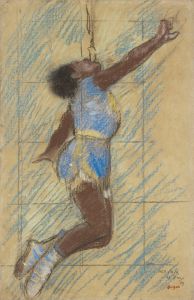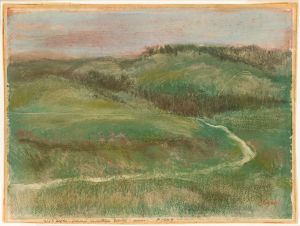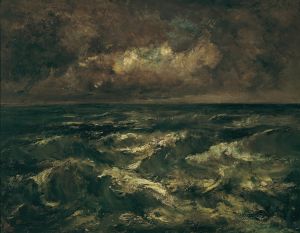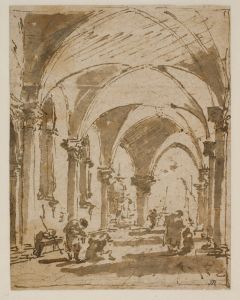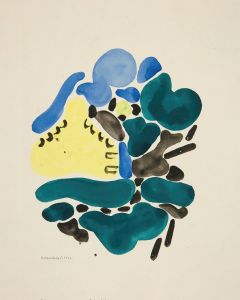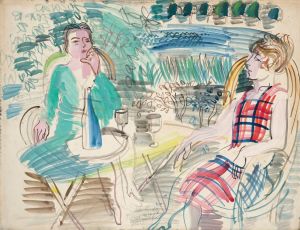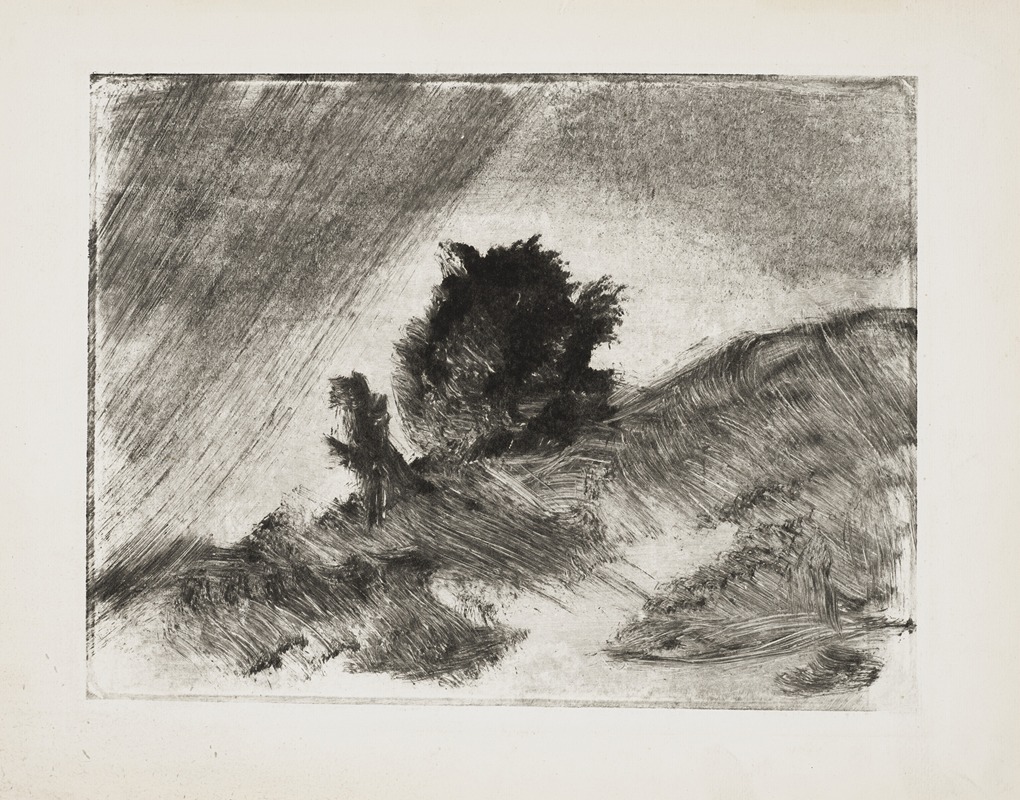
Paysage
A hand-painted replica of Edgar Degas’s masterpiece Paysage, meticulously crafted by professional artists to capture the true essence of the original. Each piece is created with museum-quality canvas and rare mineral pigments, carefully painted by experienced artists with delicate brushstrokes and rich, layered colors to perfectly recreate the texture of the original artwork. Unlike machine-printed reproductions, this hand-painted version brings the painting to life, infused with the artist’s emotions and skill in every stroke. Whether for personal collection or home decoration, it instantly elevates the artistic atmosphere of any space.
Edgar Degas, a prominent French artist associated with the Impressionist movement, is renowned for his innovative approach to painting, particularly his depictions of dancers, women, and scenes of modern life. Among his diverse body of work is the painting titled "Paysage," which translates to "Landscape" in English. However, specific details about this particular painting are scarce, and it is not among the most widely discussed or documented of Degas's works.
Degas was born on July 19, 1834, in Paris, France, and he developed a keen interest in art from a young age. He studied at the École des Beaux-Arts in Paris and later traveled to Italy to study the works of the Renaissance masters. Although he is often associated with the Impressionists, Degas preferred to be called a realist. His work is characterized by its focus on movement, unusual perspectives, and the use of light and shadow.
While Degas is best known for his paintings of ballet dancers, he also explored other subjects, including landscapes. However, landscapes were not his primary focus, and he produced relatively few works in this genre compared to his other subjects. "Paysage" is one such example of his foray into landscape painting.
Degas's approach to landscapes was influenced by his interest in capturing the effects of light and atmosphere, similar to his Impressionist contemporaries. However, unlike many Impressionists who painted en plein air (outdoors), Degas often worked in his studio, relying on memory, sketches, and photographs. This method allowed him to manipulate the composition and lighting to suit his artistic vision.
The exact date of creation and the specific details of "Paysage" are not well-documented, which is not uncommon for some of Degas's lesser-known works. It is important to note that Degas's landscapes, including "Paysage," often exhibit a more subdued palette and a focus on the interplay of light and shadow, reflecting his interest in the atmospheric qualities of a scene.
Degas's landscapes, though fewer in number, demonstrate his versatility as an artist and his ability to capture the essence of a scene with subtlety and nuance. His work in this genre, while not as celebrated as his depictions of dancers, contributes to the overall understanding of his artistic range and the breadth of his interests.
In summary, while "Paysage" by Edgar Degas is not one of his most famous works, it represents his exploration of landscape painting and his interest in the effects of light and atmosphere. As with many of Degas's works, the painting reflects his unique approach to composition and his ability to convey mood and emotion through his art. Due to the limited information available on this specific painting, further details about its creation and significance remain largely undocumented.









